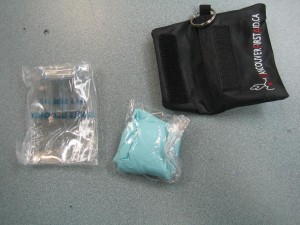With our six training centers in six cities spaced over for states, we strive to become the number one training provider in the US by offering quality training for all of our programs. Certification in both CPR and first aid is one of the most highly requested programs from our providers. Most trainees have problems finding a program that incorporates both first aid and CPR training but not with our providers! Our basic CPR courses for the general public teach basic first aid skills and training in the use of defibrillators. All of our programs are certification courses as well, so all trainees receive their needed credentials after successfully completing their enrolled program.
How to sign up for a program

If you visit any of our provider homepages you will find an application form you can fill out. These forms allow trainees to choose the class schedule they want and any special requests (private training etc.). However, other methods of sign up are also encouraged by the staff, primarily the use of telephones and e-mails. Walk-ins during operating hours are highly encouraged as well.
Program rates are the cheapest in the city despite the high quality of training. You won’t find another provider in the city that offer higher quality training than our providers.
Overview of CPR and first aid courses
CPR and first aid courses operate under the concept of Basic Life Support (BLS). BLS was coined by the American Heart Association in 1990s to set standards when providing CPR for people who experienced cardiac arrest. These BLS guidelines have brought about three CPR training programs that incorporate basic CPR training with first aid.
Heartsaver CPR/AED
This program is a 4-hour program directed towards the general public. It teaches the basics of giving CPR, focusing on three things: compressions, rescue breaths, and defibrillation. Defibrillation is done when the heart is beating but the rhythm is irregular. The electric shock sent to the heart is meant to stabilize cardiac rhythm. Rescuers who finish this program learn how to manage a one-person CPR rescue. Bandaging and wound care are some of the first aid skills taught to rescuers.
A skills test is given when the training is completed that students need to pass to receive certification (optional).
Heartsaver CPR/AED (C)
This program is also a 4-hour program but it is directed towards healthcare providers. The curriculum is basically the same, introducing the trainees to the steps in giving one-person CPR. The use of AEDs and a few first aid skills are also included in the program. Unlike the other program where the skills test is optional, this program’s written and practical tests are mandatory. Trainees who are able to pass these tests receive the credential for the program.
Credentials and renewal
Certificates expire after a total of 24 months but can be renewed for an additional 24 months through re-certification classes. However, to sign up for a re-certification class your existing CPR training must be valid. If it has expired, the entire program has to be retaken.
